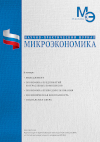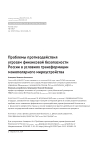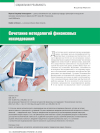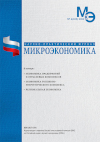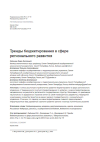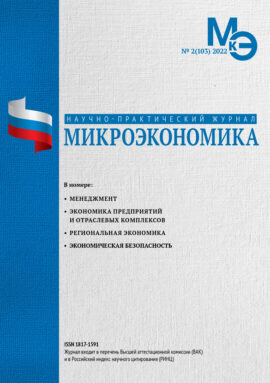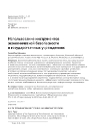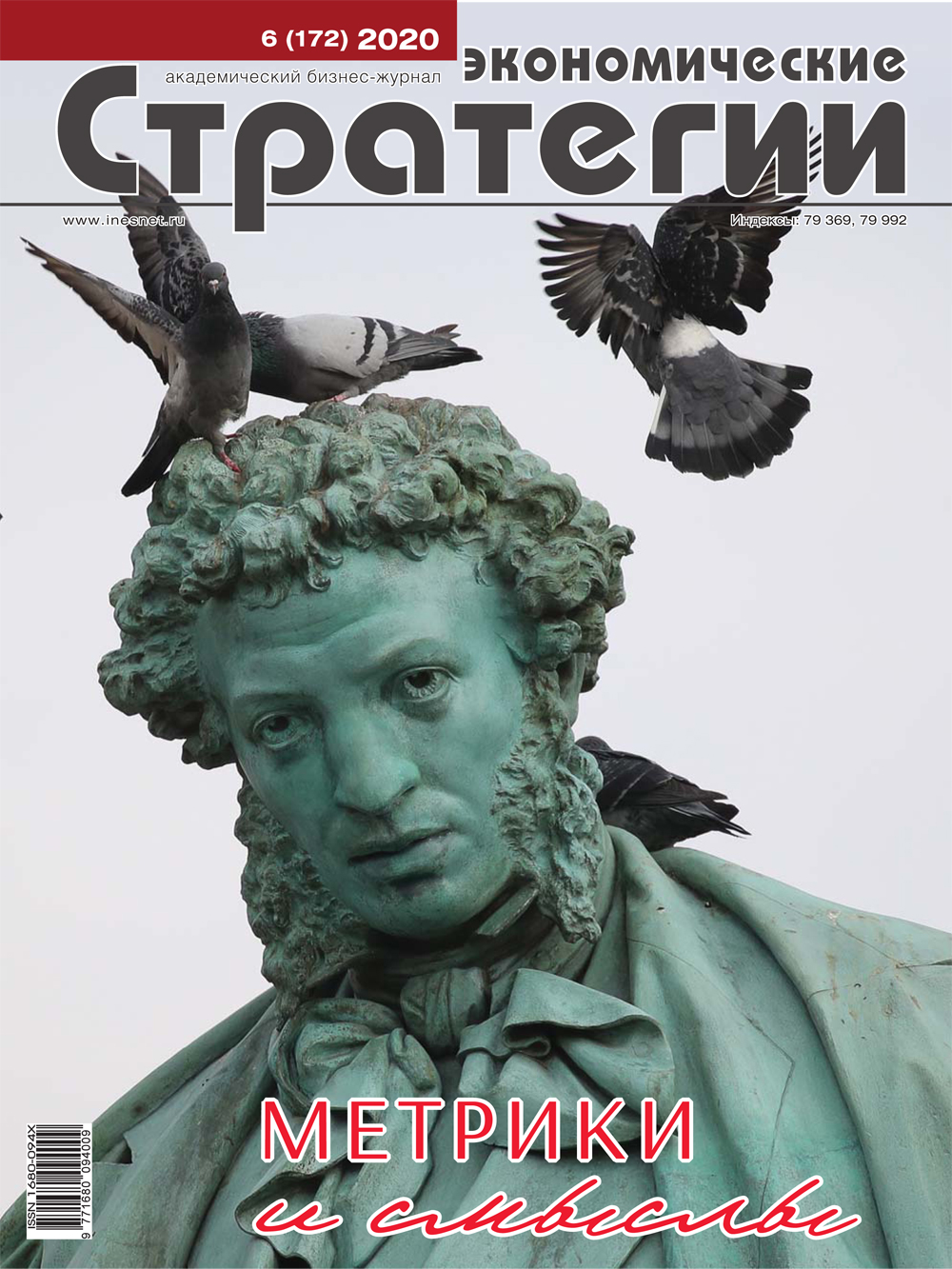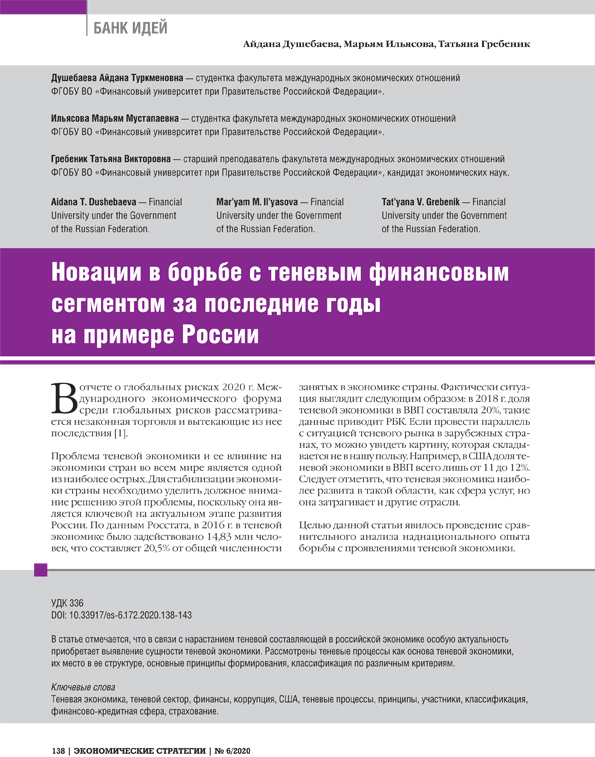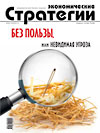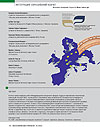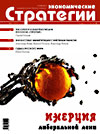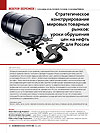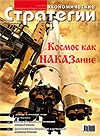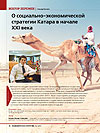Problems of countering threats to Russia’s financial security in the context of the transformation of the monopolar world order
DOI: 10.33917/mic-2.115.2024.81-91
The article deals with the current problems of Russia’s successful advancement into the future and its gaining a leading position on the world stage. The solution to these problems is based on increasing the effectiveness of countering threats to financial security and financial sovereignty of the country through the introduction into practice of the activities of interested public authorities of the latest achievements of scientific and technological progress.
References:
1. Abalkin L.I. Russia’s strategic response to the challenges of the new century. Moscow: Exam, 2004.
2. Agapova T.N., Anishchenko E.V. On the new paradigm of the development of the world economy and its reflection in theoretical ideas about the sustainability of ensuring economic security in Russia. Problems of economics and legal practice. 2019;15(5):42–47. (In Russ.).
3. Anishchenko E.V. Russia’s security in the context of socio-economic reforms. Financial analytics. 2014;14(200). (In Russ.).
4. Dumnaya N.N. The global crisis: systemic risks of financial markets [Electronic resource]. URL: https://cyberleninka.ru/article/n/mirovoy-krizis-sistemnye-riski-finansovyh-rynkov/viewer
5. Keynes J.M. The general theory of employment, interest and money. Favorites. M.: Eksmo, 2009.
6. Korsuntsev I. Virtual finance. M., 2009.
7. Kupreschenko N.P. The essence and structure of the modern shadow economy (system-conceptual analysis). Bulletin of the Academy of Tax Police. Academy of Tax Police of the Federal Tax Service of Russia. 2003. Issue 3.
8. Putin V.V. Message of the President of the Russian Federation to the Federal Assembly of the Russian Federation, December 12, 2012, Moscow, Kremlin [Electronic resource]. URL: http://news.kremlin.ru/news/17118
9. Decree of the Government of the Russian Federation dated 11/17/2008 No. 1662–r (as amended on 08.08.2009) «On the Concept of long-term socio-economic development of the Russian Federation for the period up to 2020» (together with the «Concept of long-term socio-economic development of the Russian Federation for the period up to 2020»). Collection of Legislation of the Russian Federation, 11/24/2008, No. 47, Article 5489.
10. Decree of the Government of the Russian Federation dated December 8, 2011 No. 2227–r «On the Strategy of Innovative Development of the Russian Federation for the period up to 2020» [Electronic resource]. URL: https://www.garant.ru/
11. Decree of the President of the Russian Federation dated 07/02/2021 No. 400 «On the National Security Strategy of the Russian Federation» [Electronic resource]. URL: http://www.pravo.gov.ru
12. Decree of the President of the Russian Federation dated 05/13/2017 No. 208 «On the Strategy of Economic Security of the Russian Federation for the period up to 2030». Collection of Legislation of the Russian Federation, 05/15/2017, No. 20, Article 2902.
13. Federal Law No. 209–FZ dated July 24, 2007 «On the development of small and medium-sized Enterprises in the Russian Federation». Collection of Legislation of the Russian Federation, 30.07.2007, No. 31, Article 4006.


